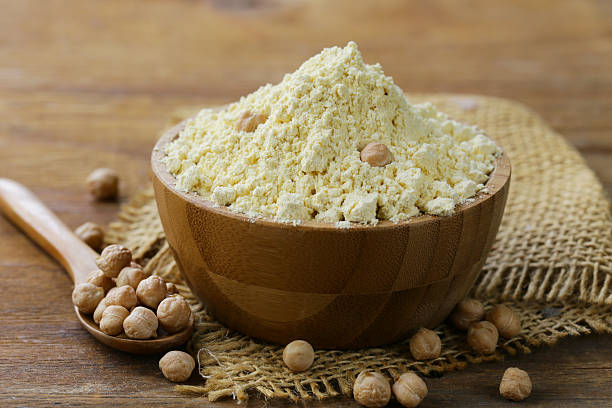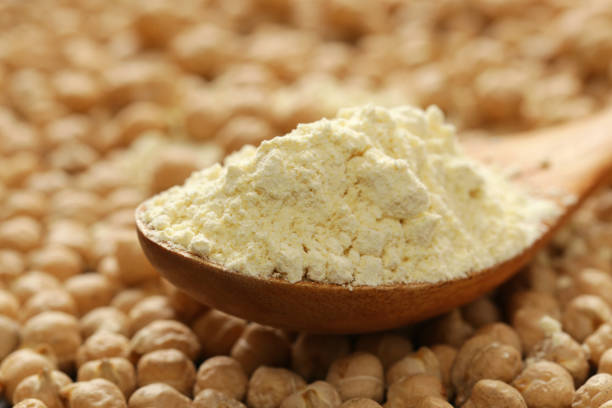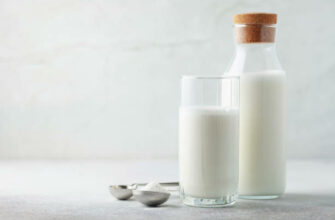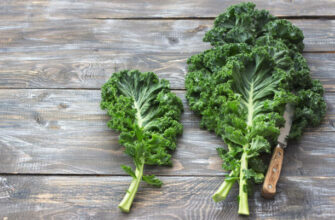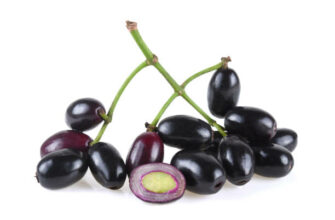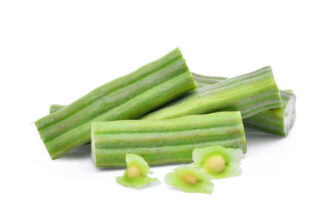The nutritional value of gram per 100g, also known as gram flour or chickpea flour, is highly dependent on the specific type and processing of the gram. Gram can be processed into several forms, including whole gram, split gram, and flour. Each form has a unique nutritional profile and potential health benefits.
One common form of gram is whole gram, also known as Bengal gram or chana dal. 100g of whole gram contains 364 calories, 20.8g of protein, 6.4g of fat, and 60.4g of carbohydrates, including 8.9g of dietary fiber and 3.8g of sugar. Whole gram is a rich source of several essential nutrients, including thiamin, folate, iron, and phosphorus.
Split gram, also known as yellow lentils or moong dal, is another form of gram that is commonly consumed. 100g of split gram contains 353 calories, 24.6g of protein, 1.2g of fat, and 60g of carbohydrates, including 8.5g of dietary fiber and 0.5g of sugar. Split gram is an excellent source of several essential nutrients, including thiamin, niacin, folate, iron, and phosphorus.
Gram flour, also known as besan, is a form of gram that is ground into a fine powder. 100g of gram flour contains 364 calories, 20.8g of protein, 6.4g of fat, and 60.4g of carbohydrates, including 8.9g of dietary fiber and 3.8g of sugar. Gram flour is a rich source of several essential nutrients, including thiamin, folate, iron, and phosphorus.
In terms of health benefits, gram can be a nutritious and healthful addition to the diet. Whole gram and split gram are both high in protein and fiber, which can support weight management and help with satiety. Both forms of gram are also low in fat and have a low glycemic index, making them suitable for people with diabetes or at risk of developing diabetes.
Gram flour can also have health benefits when included in the diet. It is a good source of plant-based protein and fiber, making it a suitable alternative for individuals following a vegetarian or vegan diet. Gram flour is also gluten-free, making it a suitable option for individuals with celiac disease or gluten intolerance.
However, it is important to note that gram, like any food, should be consumed in moderation as part of a well-rounded diet. Excessive intake of gram or any single food can lead to imbalances in the diet and potentially negative health consequences. It is always important to pay attention to portion sizes and the overall balance of nutrients in the diet.
In conclusion, gram, in various forms, can be a nutritious and healthful addition to the diet. It is high in protein, fiber, and essential nutrients and can support weight management and satiety. However, it is important to consume gram in moderation and to pay attention to portion sizes and the overall balance of nutrients in the diet.

 Home
Home Health
Health Diet & Nutrition
Diet & Nutrition Living Well
Living Well More
More